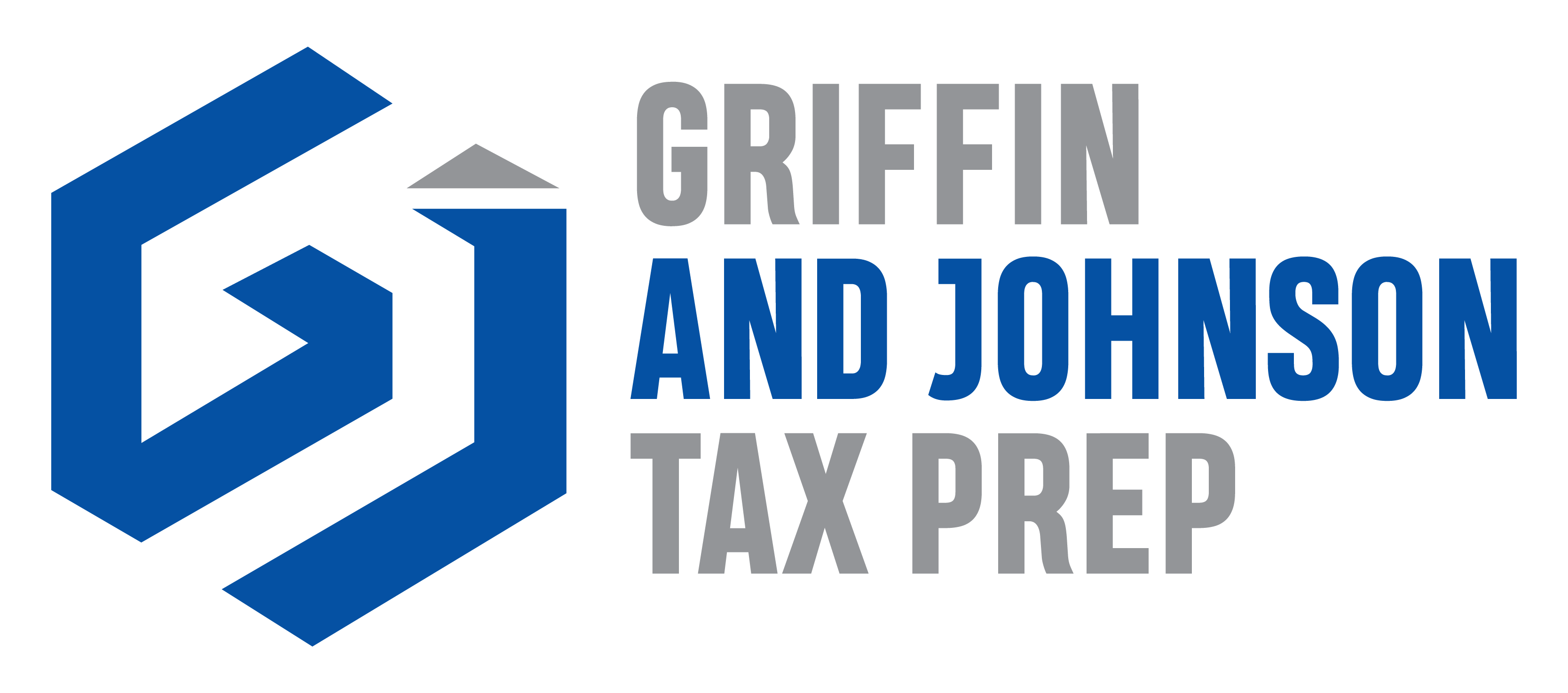Welcome to Your Guide to IRS Free Tax Filing Options for 2023
As the tax season approaches, understanding your filing options can significantly ease the often daunting process of sorting through taxes. With the IRS Free Tax Filing 2023 program, a myriad of taxpayers can navigate the complexities of tax returns without cost. This introductory guide dives into the essential aspects of the IRS’s Free File program, detailing the substantial benefits and eligibility criteria needed to access these services.
The IRS Free File program is a public-private initiative developed to help eligible U.S. taxpayers prepare and file their taxes efficiently and at no cost. With the collaboration of reputed tax software companies, the program ensures that taxpayers with an adjusted gross income below a certain threshold can engage in stress-free e-filing. Our comprehensive guide for 2023 will assist you in leveraging these free services, thus ensuring your tax filing is as seamless and beneficial as possible.
Navigating IRS free tax filing services can prove beneficial in multiple ways—from mitigating errors commonly associated with manual preparations to speeding up the refund process. This segment of our guide not only covers how to determine if you qualify for IRS free tax filing 2023 but also elaborates on why embracing this opportunity can make a vital difference in your tax filing journey this year.
Guide to IRS Free Tax Filing Options for 2023
Introduction to IRS Free Tax Filing 2023
Welcome to your guide on navigating the invaluable world of IRS Free Tax Filing options for the year 2023. With each passing year, the tax season brings a mixture of anticipation and apprehension. The process of sorting documents, understanding deductions, and ensuring accurate filings is often seen as complex and tedious. However, the IRS Free File program stands as a beacon of relief for eligible taxpayers. In this introduction, we’ll cover the essential aspects of the Free File program, including an overview, benefits, and eligibility criteria for 2023.
Overview of the IRS Free File Program
The IRS Free File program is a public-private partnership between the Internal Revenue Service (IRS) and leading tax preparation software companies in the Free File Alliance. The program is designed to support eligible taxpayers in preparing and filing their annual tax returns at no cost. Since its inception in 2003, the Free File program has offered free access to brand-name tax software or online fillable forms, making the tax filing process more accessible and less burdensome for qualifying individuals and families.
For 2023, the IRS has continued its collaboration with various tax software providers to offer free services tailored to different income brackets and tax situations. This means that if you meet specific criteria, you can select a software option that best fits your needs and file your federal (and in some cases, state) taxes online without incurring any fees.
Benefits of Using IRS Free Tax Filing Services
Opting for IRS free tax filing services in 2023 provides several valuable benefits. First and foremost, it eliminates the cost associated with tax preparation and e-filing for eligible taxpayers, which can be quite substantial with professional services. This makes it an ideal option for many, especially those looking to maximize their refunds while minimizing expenses.
Secondly, using the Free File program can lead to more accurate tax returns due to the automated calculations performed by the software. This reduces the likelihood of errors that can occur when taxes are calculated manually. Additionally, the software is updated each year to reflect the latest tax laws and provisions, providing taxpayers with the confidence that their returns are compliant with current regulations.
Furthermore, for many users, the user-friendly interfaces and step-by-step guidance provided by the software simplify the tax filing process. These programs often include features like direct deposit for refunds, which can expedite the receipt of funds. They also offer electronic filing (e-filing), which is faster and more secure than paper filing, ensuring that your sensitive information is well-protected.
Eligibility Criteria for Free Tax Filing in 2023
To access the IRS Free File software during the 2023 tax season, taxpayers must meet certain eligibility requirements set by the IRS and participating software providers. The primary criterion is income-based: typically, free tax filing services are available to those with an Adjusted Gross Income (AGI) of $73,000 or less for the 2022 tax year. This threshold applies to both single filers and married couples filing jointly.
However, each participating software provider may have additional criteria, such as age, state of residence, and specific tax situations. Therefore, it is essential for taxpayers to carefully review the qualifications of each Free File offering to determine the best fit for their individual or family needs.
To make this process easier, the IRS provides an online tool called the IRS Free File Online Lookup Tool where taxpayers can input their information and be matched with compatible Free File offerings.
As we proceed into the tax season of 2023, the IRS Free Tax Filing program continues to evolve, making the arduous task of tax return preparation less of a burden, while also ensuring accuracy, compliance, and security. By understanding, qualifying, and applying for this beneficial program, taxpayers can handle their taxes confidently and efficiently.
Be sure to continue exploring our comprehensive guide, as the following sections delve deeper into accessing these services, the associated tools, and key tips for a hassle-free IRS free tax filing experience in 2023.
How to Access IRS Free Tax Filing Services in 2023
Welcome to a critical segment of our guide to IRS free tax filing 2023! In this part, we’ll take you through a detailed step-by-step guide to effectively accessing and utilizing the IRS Free File tool, explore the different third-party services partnered with the IRS for free filing, and highlight all the important dates and deadlines you need to know for the tax year 2023. Dive in to ensure your tax filing process is smooth and free!
Step-by-Step Guide to Using the IRS Free File Tool
The IRS Free File service is a handy tool aimed at helping taxpayers who earn an adjusted gross income (AGI) of $73,000 or less per annum file their taxes easily and for free. Here’s how you can access and use this service:
- Check Your Eligibility: Begin by ensuring that your AGI falls within the threshold for the Free File service.
- Visit the IRS Free File Website: Navigate to the IRS website and find the Free File section, or directly visit www.irs.gov/freefile. This page will be updated regularly with participating third-party services.
- Choose a Free File Partner: The IRS partners with multiple certified tax preparation companies that provide free filing services through the IRS website. Review the options and select a service that best fits your tax situation.
- Create an Account: Once you’ve chosen a provider, you will be redirected to the partner’s website where you will need to create an account to begin the process of filing your taxes.
- Prepare Your Documents: Gather all necessary documents including your W-2, 1099 forms, and any relevant deduction or credit information.
- Follow the Prompts: The chosen platform will guide you through the filing process. Make sure to input all the required information accurately to avoid errors.
- Review and Submit: Before submitting, review your tax return to ensure all information is correct to reduce the chance of future IRS audits or correspondence.
By following these steps, you can effectively utilize the IRS Free File service to handle your taxes without incurring any cost.
Comparison of Third-party Services Partnered with the IRS
Several reputable third-party companies collaborate with the IRS to offer free tax filing services. Here’s a look at some of the popular options available:
- IRS Free File provided by TurboTax: Ideal for simple tax situations, this service is very user-friendly, offering step-by-step guidance.





